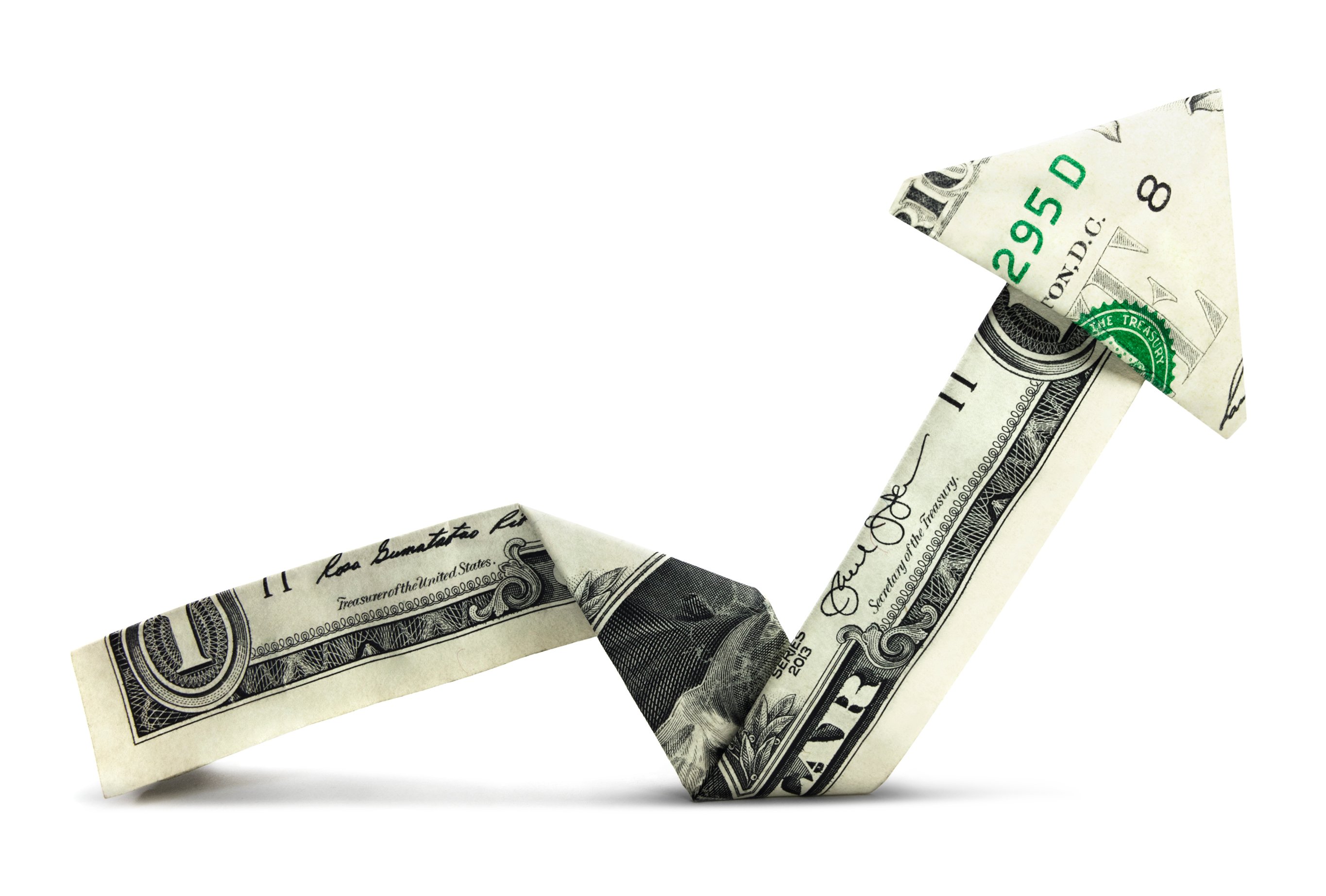
Credit: Pandora Media,
Thanks to a freshly released decision from the U.S. Copyright Royalty Board on its "Web IV" rate-setting proceeding, Pandora Media's (P +0.00%) music royalty costs will rise 15% next year for music not included under its various direct deals with publishers.
But while that might sound like bad news at first, Pandora is more than happy to shell out the extra cash. Sure enough, Pandora shares whipsawed in Wednesday's after-hours trading, initially falling as much as 30%, then reversing course to trade up nearly 20% as the market digested the news.
So what, exactly, did the CRB say?
Keeping in mind Pandora itself hasn't received the CRB's full decision -- which more than anything will provide the logic behind the rates on which it settled -- Pandora was kind enough to offer the following table summarizing the per-performance rate changes:
| Per-Performance Rate | Ad-Supported | Subscription | Blended* |
|---|---|---|---|
| "Web IV Rate" Decision for 2016 | $0.0017 | $0.0022 | $0.00176 |
| Current "Pureplay Rate" for 2015** | $0.0014 | $0.0025 | $0.00153 |
*Pandora's projected blended rate for 2016, ** From 2006-2015, Pandora paid rates and terms under a Pureplay agreement negotiated with SoundExchange. In 2015, the "Web III" or statutory rate was $0.0023. Source: Pandora.
Put simply, Pandora's royalties paid for ad-supported listeners will climb, and those paid for subscription customers will fall. But on average, Pandora's blended rate will increase almost exactly 15% year over year, to $0.00176 per performance.
During a conference call Wednesday to discuss the decision, Pandora CEO Brian McAndrew summed it up well:
[W]e're pleased to finally have much‐needed certainty on the rate structure for our core Internet radio business. While next year's CRB rate will be 15% higher than we currently pay, it is still well within our range of expected outcomes. This is a rate we can work with and grow from. Importantly, the new structure is set at a level that allows us to aggressively invest in a vibrant and growing music ecosystem and pursue our strategic plan to build the world's most powerful music discovery platform as well as a strong business.
For perspective, these proceedings have long stood a significant source of uncertainty for investors, primarily as royalty collector SoundExchange was requesting the CRB raise per-performance rates to a much higher range of $0.0025 to $0.0029. Pandora, for its part, was arguing for lower rates in the range of $0.00110 to $0.00129 per nonsubscription performance, and $0.00215 to $0.00240 for each subscription performance.
In a more unusual move, the CRB also declined to set exact rates as expected for the period from 2017 through 2020. Instead, it will adjust royalties after 2016 based on the Consumer Price Index -- a benchmark most notably used as a key measure to calculate inflation. That's also perfectly acceptable, McAndrews confirmed later in the call, as Pandora was already accounting for a much higher 9% annual increase in their royalty rate structure with each successive year under their current Pureplay agreement.
In the end, the CRB chose to effectively split the difference between the respective requests of Pandora and SoundExchange. And though it's not clear how the folks at SoundExchange feel about the new rates, it's evident Pandora is happy to put this hurdle behind it in order to place its focus back on resuming profitable growth, expanding the scope of its business, and improving monetization. With that in mind -- and with shares of Pandora down nearly 25% year to date going into Wednesday's close -- it's no surprise investors are so aggressively bidding up Pandora stock today.






